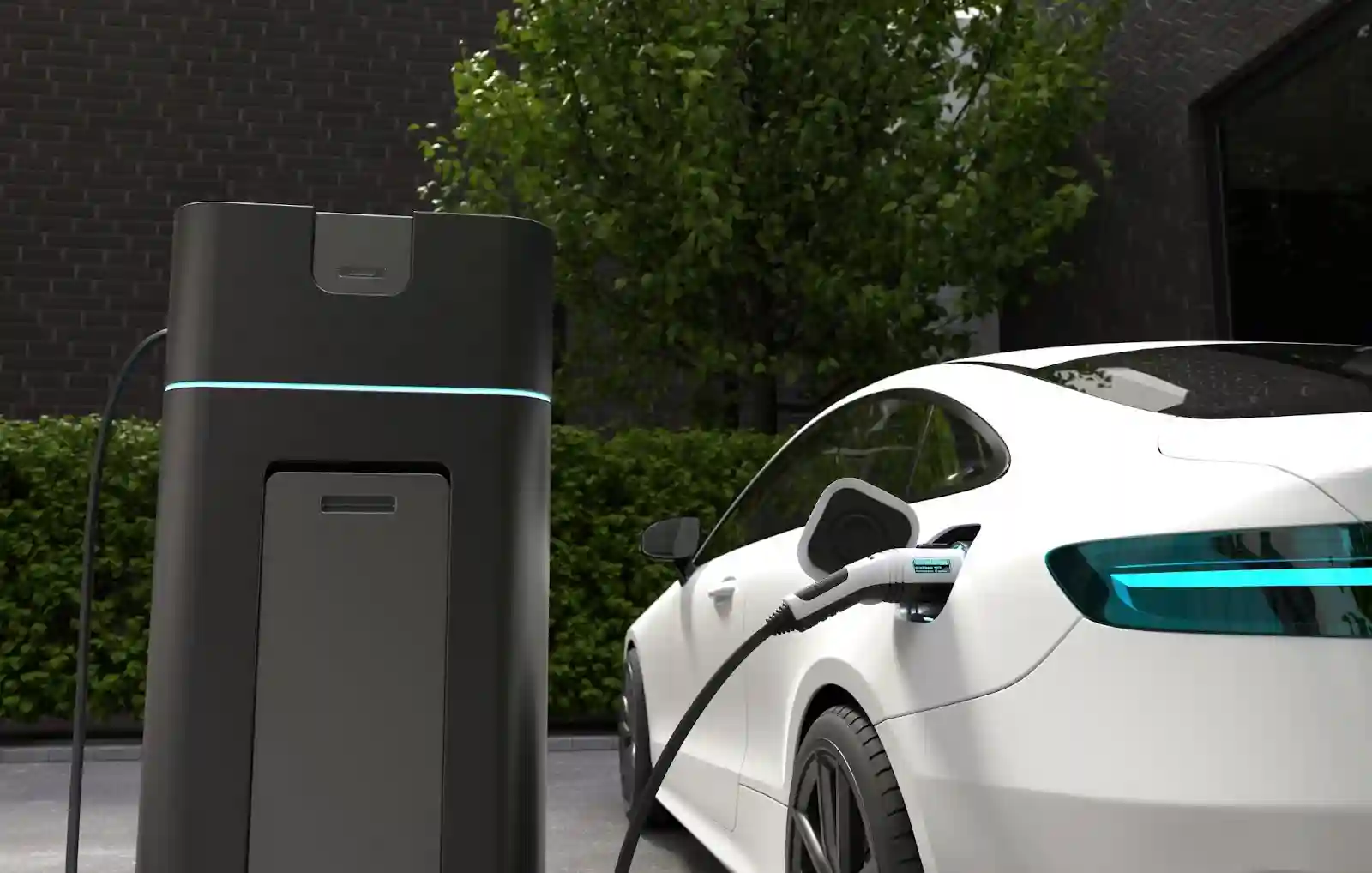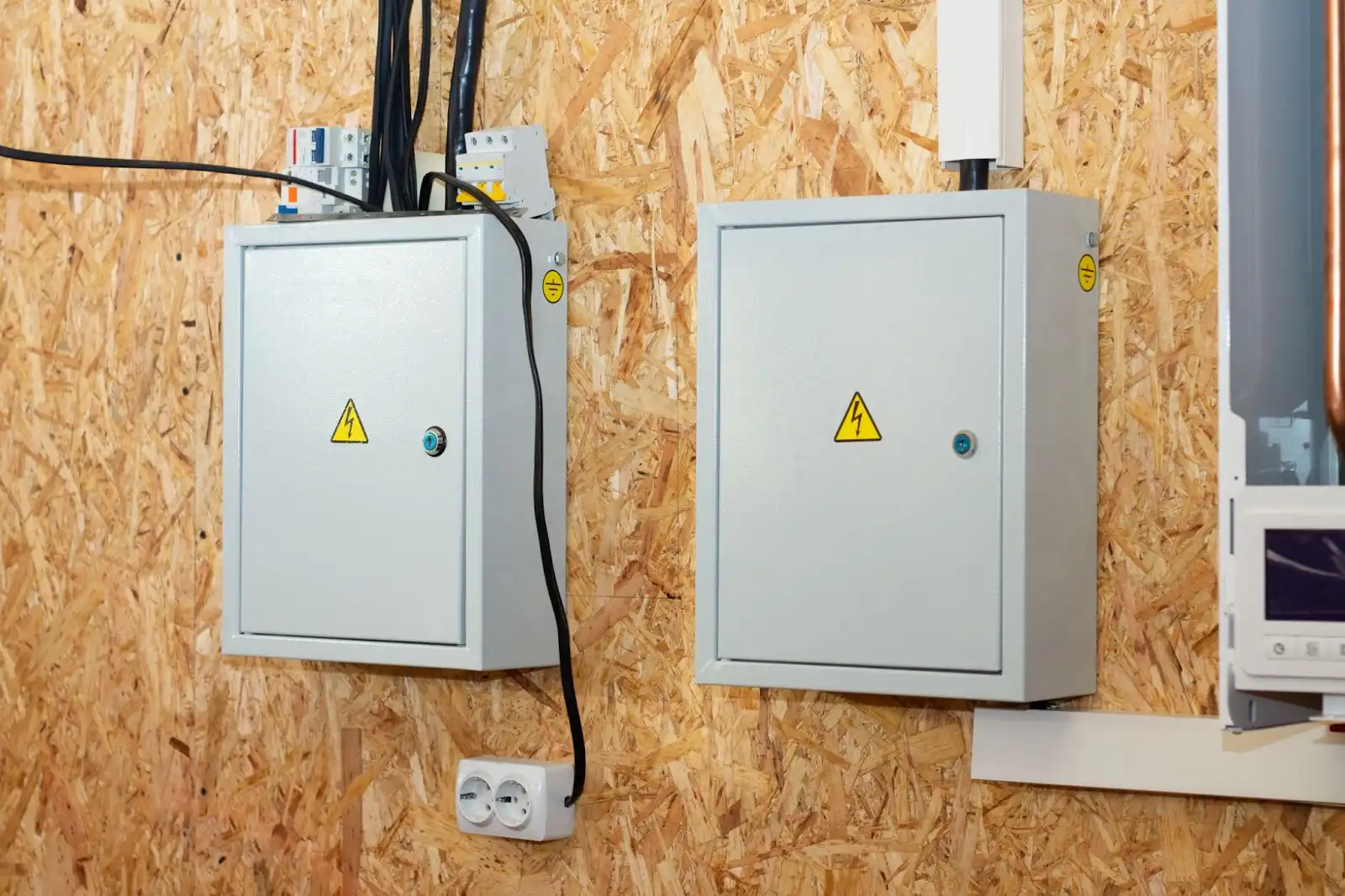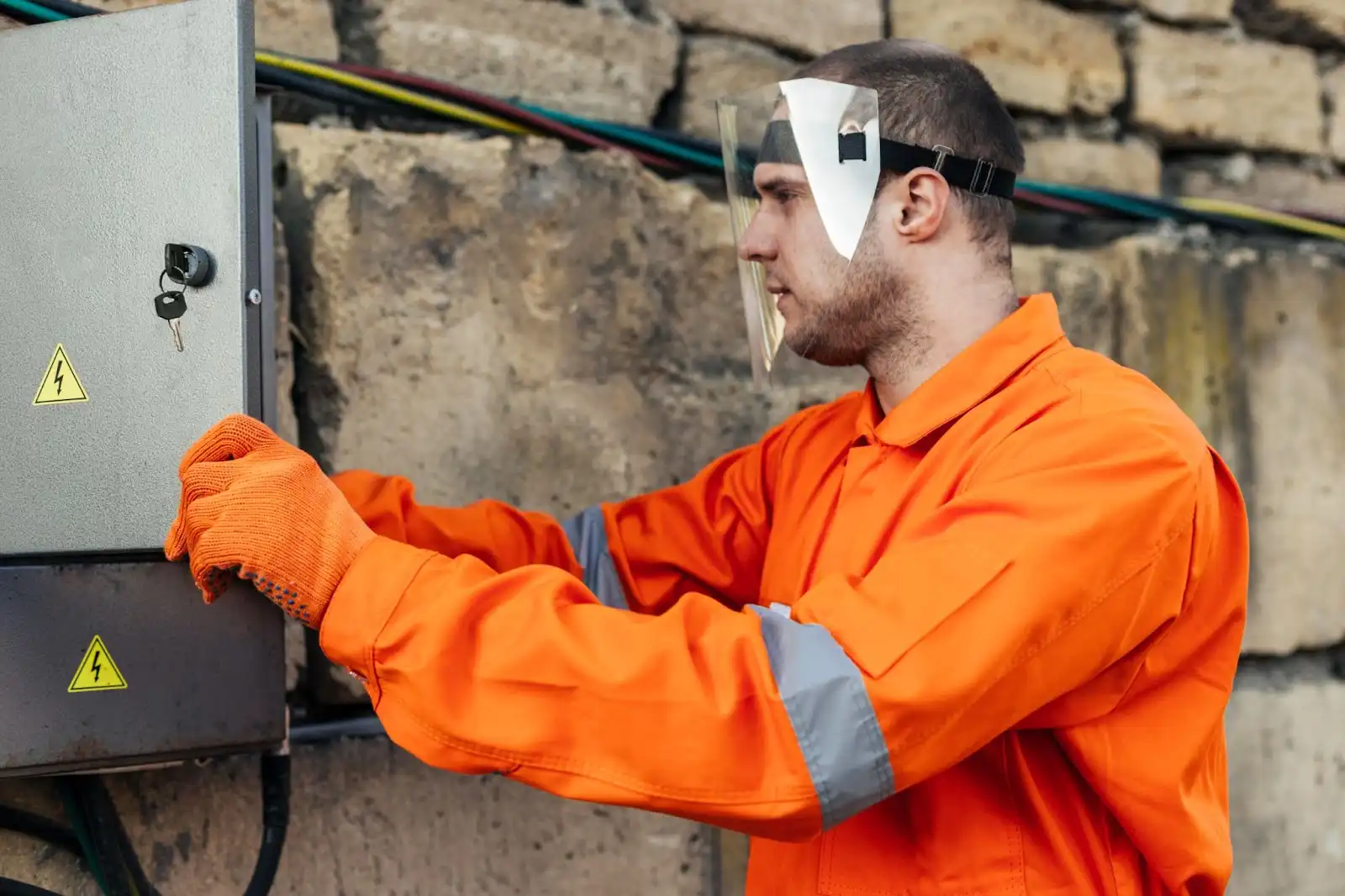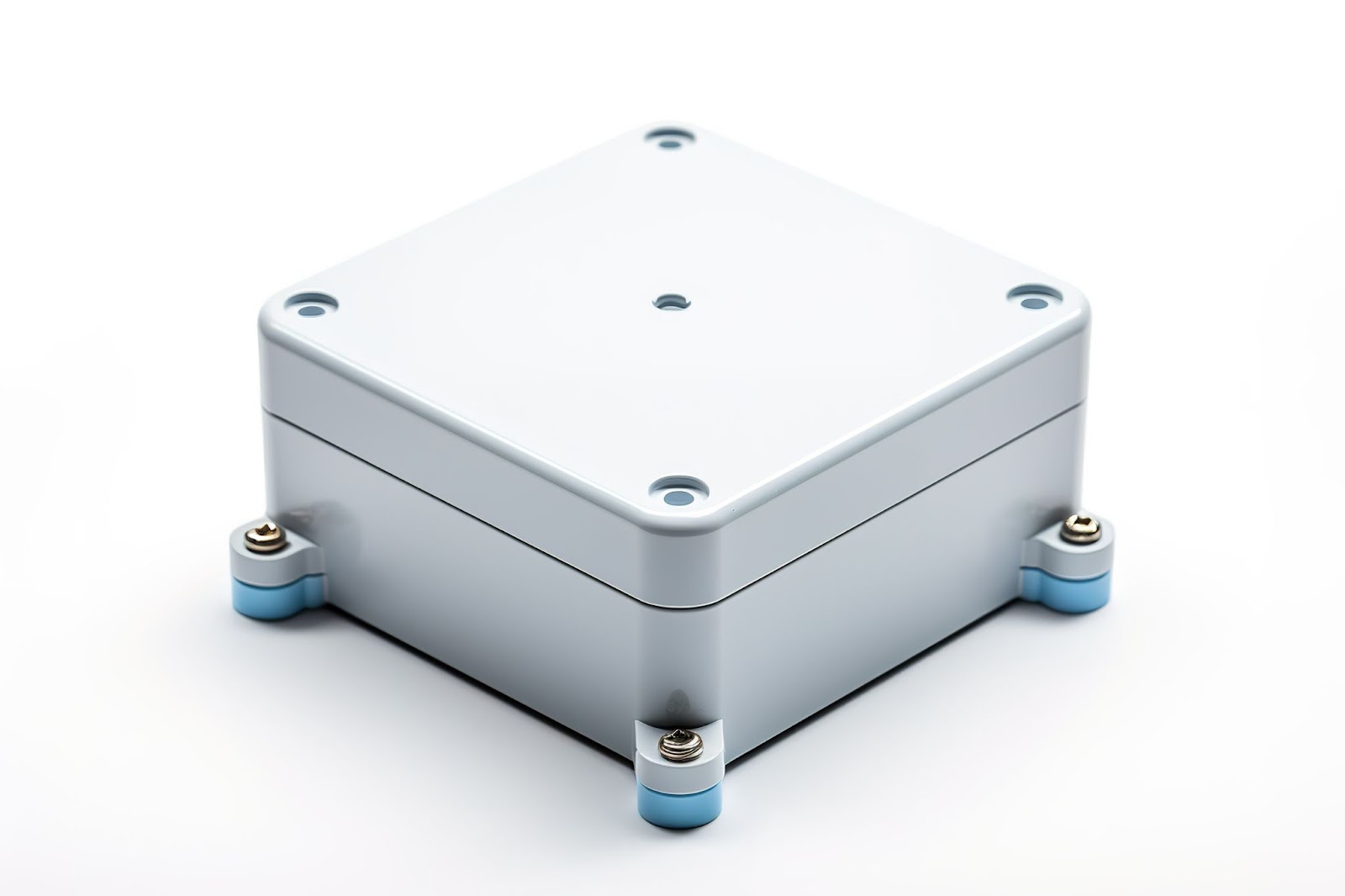How to Design a Low-Voltage Power Distribution System for a Data Center
08th Aug 2025
More than any other system, data centers are required to run with a low-voltage power distribution system, recommended from a professional manufacturer of this equipment, like TOSUN Electric, for the purpose that goes above and beyond just smooth and fail-free operations and energy efficiency, but above all, for sustainability. While you can simply shop for a low-voltage distribution system from these manufacturers, the best data center managers are knowledgeable about how these systems are designed. Let’s take a look in this article that will tackle the following: – What are data centers? What are their advantages? – How a low-voltage power distribution system works with them – Designing your low-voltage power distribution system for your data centers Data Centers 101: Overview and Benefits Overview Data centers are regarded the spine of modern digital infrastructure, providing secure and high-performing environments for critical IT equipment. For instance, a large corporation may have an expansive data center to carry the operations of its computers and other devices. At the same time, electrical distribution systems in these data centers play a crucial role in making sure power is efficiently, safely, and reliably delivered to meet the demands of any IT operation. Benefits Having a data center provides the following advantages: Components In addition, the key components of data centers include transformers, uninterruptible power supply systems, busway systems, panelboards, rack power distribution units, and of course, the low-voltage power distribution systems, among various others. What are these low-voltage distribution systems and how do they work with data centers? How Low-Voltage […]
Read More : +86-139 0587 7291
: +86-139 0587 7291 English
English Español
Español Русский
Русский Français
Français العربية
العربية Português do Brasil
Português do Brasil Українська
Українська Türkçe
Türkçe Polski
Polski Nederlands
Nederlands Italiano
Italiano Bahasa Indonesia
Bahasa Indonesia हिन्दी
हिन्दी اردو
اردو አማርኛ
አማርኛ Հայերեն
Հայերեն ไทย
ไทย Монгол
Монгол فارسی
فارسی Shqip
Shqip Ελληνικά
Ελληνικά









